Date: 18 June 2005
It also offers a rare glimpse of Cold War glass artists working under a regime that paradoxically combined communist repression and artistic freedom.
"The Czech Republic has long been one of the great glass producers in Europe," says Tina Oldknow, the museum's curator of modern glass. "When the communists took over in 1948, they promoted social realism and prohibited abstraction in art. But glass artists were allowed to do abstract designs because glass wasn't considered fine art."
The communists' oversight is the tourist's gain. With more than 550 objects drawn from Czech, European and Corning collections, there's enough glittering eye candy in this exhibit for an afternoon of browsing.
Many of the styles will seem unfamiliar, except for the ruby-red cut glass once popular with many European-American families. Seeing it, I recalled a Bohemian compote that my German grandmother owned. Engraved with stags and hounds, its vibrant tint gave holiday meals the same festive glow that pervades the exhibit.
"Czech Glass" flows backward in time, leading visitors from new glass sculpture to communist-era works and 19th-century classics.
Visitors enter a gallery of startling avant-garde pieces that occasionally don't resemble glass at all. Dominating this section is the husband-and-wife team of Stanislav Libenský and Jaroslava Brychtová, who produce massive cast-glass sculptures. Their Red Pyramid looks straight out of Stanley Kubrick's 2001 with its eerie monolithic power. The front is smooth, the back rough-hewn.
"It's a big, opaque blob when it comes out of the kiln," says Oldknow. "They grind and polish and reveal the glass beneath. These types of sculpture find a home in new public buildings."
Renegade artist Pavel Hlava loves to make viewers ask: How did he do it? One of his sculptures features a wayward column of bubbles in seaweed green, burnt orange and cobalt blue. He shaped it by blowing hot glass inside a wire net.
Jirí Suhajek strikes a whimsical note with a blue woman whose ultra-long legs melt over a table perhaps a timely tribute to Dali.
The communist-era display "Design in an Age of Adversity, 1945-1980" is the focal point of the exhibit and will tour the United States and Europe over the next two years.
It is striking for its absence of religious images presumably because religion was dismissed as "the opiate of the masses." The artists share a certain stylistic flamboyance but had little long-term control over their showpieces. The state paid them a base salary and often sold their work abroad.
"The artists didn't know what their work sold for or if the public liked it," says Oldknow.
Some of their pieces are easy to love, such as Vladimír Kopecký's moody, abstract vases or the green Picasso-tinged faces by Libenský and Brychtová. Other artists place daunting technical challenges above popular appeal.
Václav Cigler fills his work with glistening glass spheres as if a contact lens factory had exploded nearby. Rene Roubícek creates men and microbes with spiky legs and pimple-like protrusions.
These rebel talents have little in common except for following the motto of a leading Prague teacher of glassmaking. Josef Kaplicky used to tell students at the Academy of Applied Arts: "Design glass forms as if they were sculpture, decorate them as if they were paintings."
The exhibit concludes with a choice display of glass from 1820 to 1935. This is something of a Czech hall of fame, showcasing pioneers such as Friedrich Egermann, Ludwig Moser and Johann Loetz Witwe. Their work is still eagerly collected by connoisseurs.
Yet a greater commercial influence was exerted by village trade schools, starting with Steinschoenau/Kamenicky Senov in 1856. They exported serving ware and glass ornaments around the world.
"Czech glass was produced by the ton and shipped to Australia, Spain and the U.S.," says Dedo von Kerssenbrock-Krosigk, curator of European glass. "Steinschoenau/Kamenicky Senov became the richest town in the Austrian kingdom."
But the exhibit celebrates individual masterpieces rather than mass production. Not to be missed is the regal Kulm Goblet of 1835 with its floridly engraved monument to international peace. Two nearby vases seem modern by comparison. Egermann's Lithyalin Vase of 1830 resembles carved marble, while Loetz's silver-stained Phaenomen Vase suggests an abstract sunset in streaks of blue and yellow.
If this exhibit whets your appetite for buying high-end Czech glass, you may have a long wait. Few galleries carry it, and even the Corning museum's gift shops offer only commercial examples. For truly deep pockets, the Heller Gallery in Manhattan sometimes has glass sculptures by leading Czech artists.
But popular interest in this tradition may grow as the exhibit tours and wins new friends.
"These artists were really forgotten," says Oldknow. "We hope the exhibit helps rescue them from obscurity."

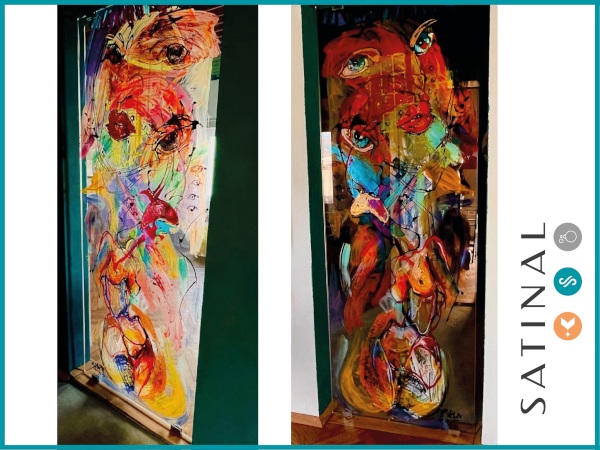
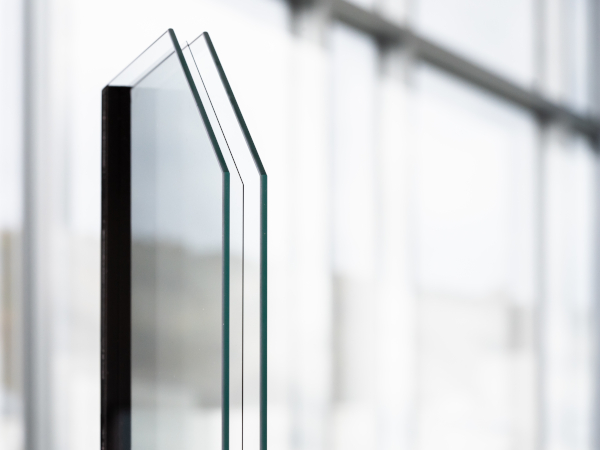
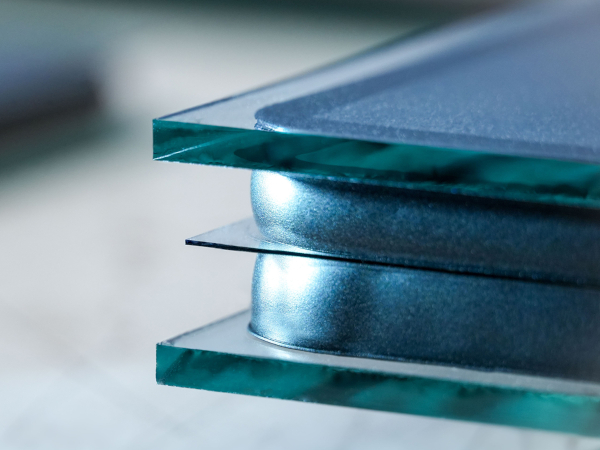
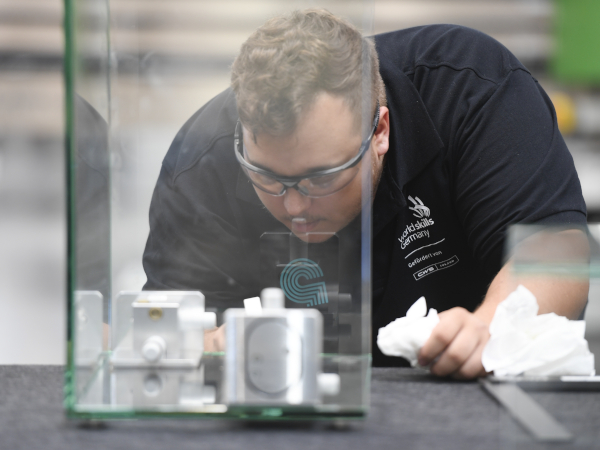
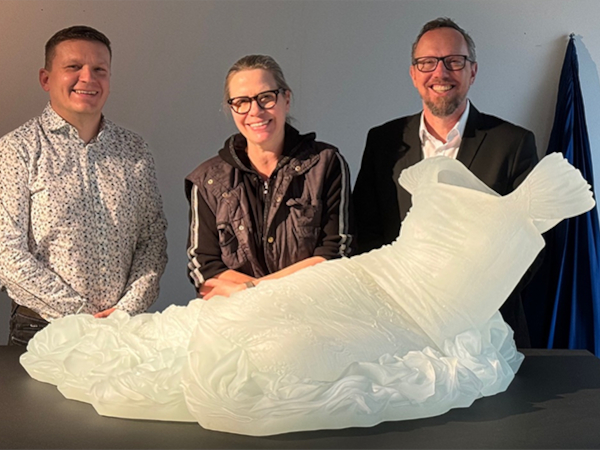
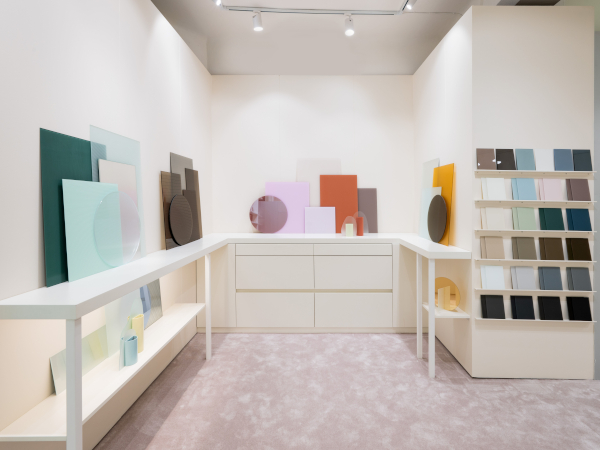
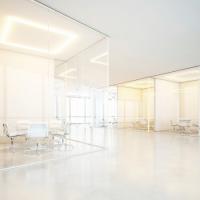
Add new comment